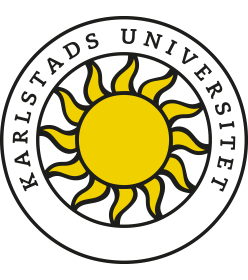Electrical Machines and Transformers
10.0 ECTS creditsInstruction is in the form of lectures, exercises and mandatory laboratory sessions.
Magnetic circuits: important properties in non-linear magnetic materials, calculations of magnetic circuits, magnetizing losses and magnetizing current.
Transformers: step down and step up transformers, law of induction, transformer theorem, open circuit, voltage drop, equivalent scheme, loss, efficiency, structure, materials, coiling, cooling, three-phase connection, rated current data in switching, transformer testing, short curcuit impedance, winding connector, parallel connection of three-phase transformers.
Direct current machines: construction, theory, separate-, shunt-, and series magnetization, armature reaction, commutation, loss, efficiency, start, brake, speed rotation control.
Asynchronous machines: construction, theory, short circuit- and slip-ring machine, loss, efficiency, start, brake, speed rotation control, single phase operation, generator operation.
Synchronous machines: construction, theory, generator and machine operation, over- and under-magnetising, start, phase synkronization, loss, efficiency.
Magnetic circuits: important properties in non-linear magnetic materials, calculations of magnetic circuits, magnetizing losses and magnetizing current.
Transformers: step down and step up transformers, law of induction, transformer theorem, open circuit, voltage drop, equivalent scheme, loss, efficiency, structure, materials, coiling, cooling, three-phase connection, rated current data in switching, transformer testing, short curcuit impedance, winding connector, parallel connection of three-phase transformers.
Direct current machines: construction, theory, separate-, shunt-, and series magnetization, armature reaction, commutation, loss, efficiency, start, brake, speed rotation control.
Asynchronous machines: construction, theory, short circuit- and slip-ring machine, loss, efficiency, start, brake, speed rotation control, single phase operation, generator operation.
Synchronous machines: construction, theory, generator and machine operation, over- and under-magnetising, start, phase synkronization, loss, efficiency.
Progressive specialisation:
G1F (has less than 60 credits in first‐cycle course/s as entry requirements)
Education level:
Undergraduate level
Admission requirements:
Circuit Analysis (ELGA01) 7.5 ECTS cr and Introduction to Power Engineering (ELGB20) 7.5 ECTS cr, or equivalent
Selection:
Selection is usually based on your grade point average from upper secondary school or the number of credit points from previous university studies, or both.
Course code:
ELGB32
The course is not included in the course offerings for the next period.
